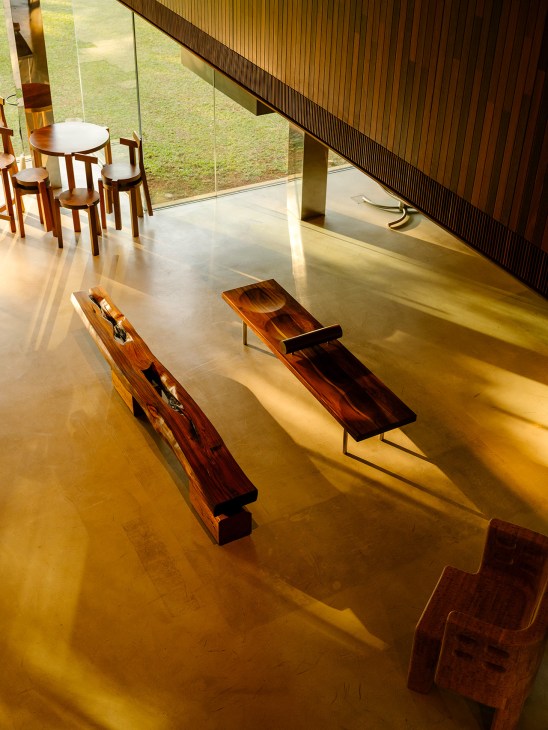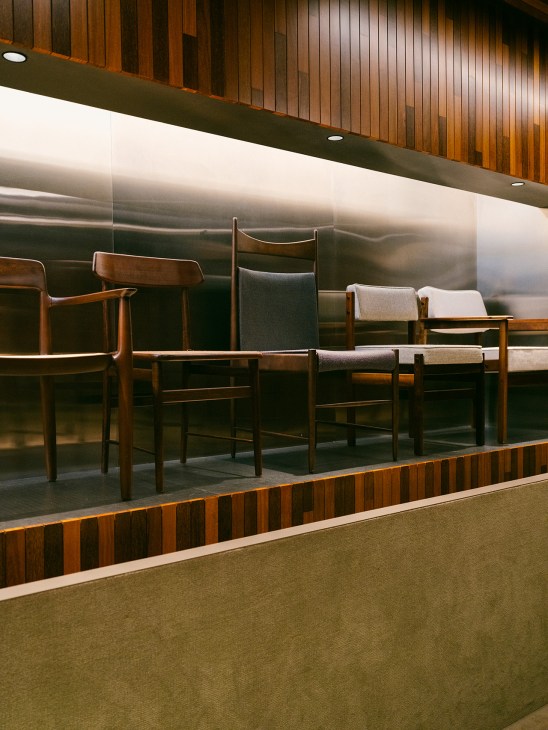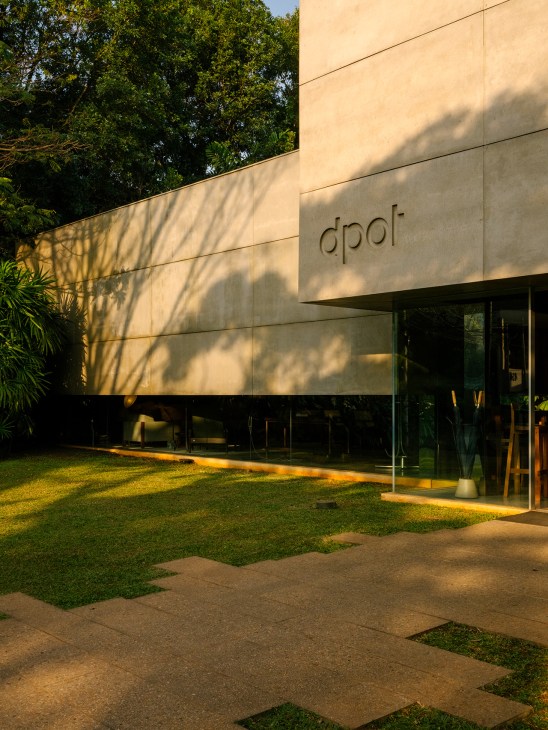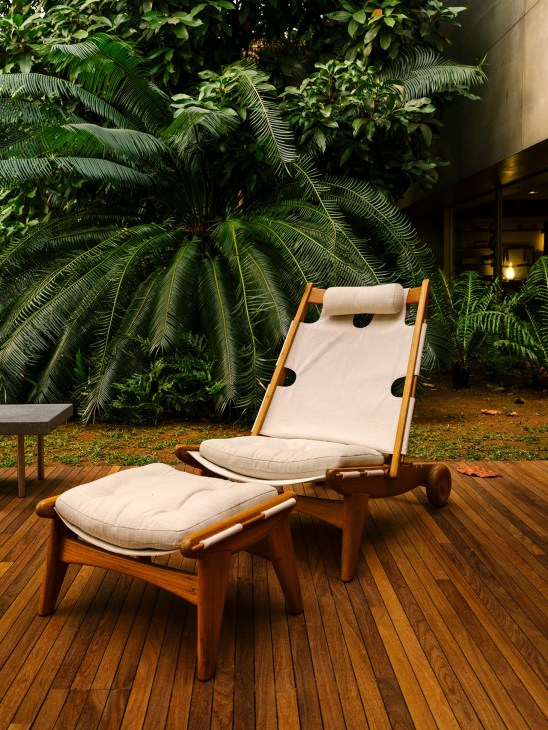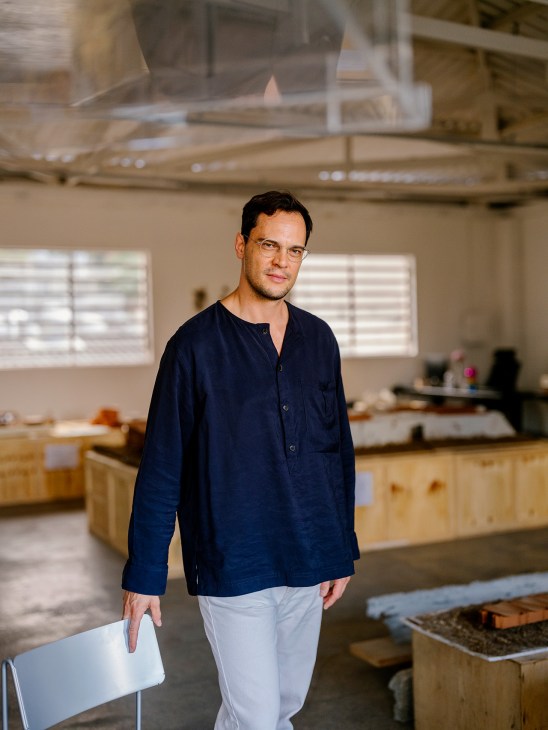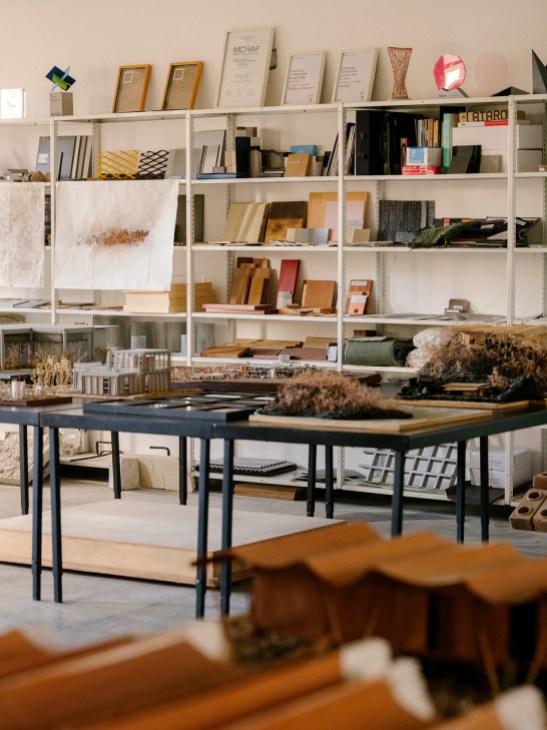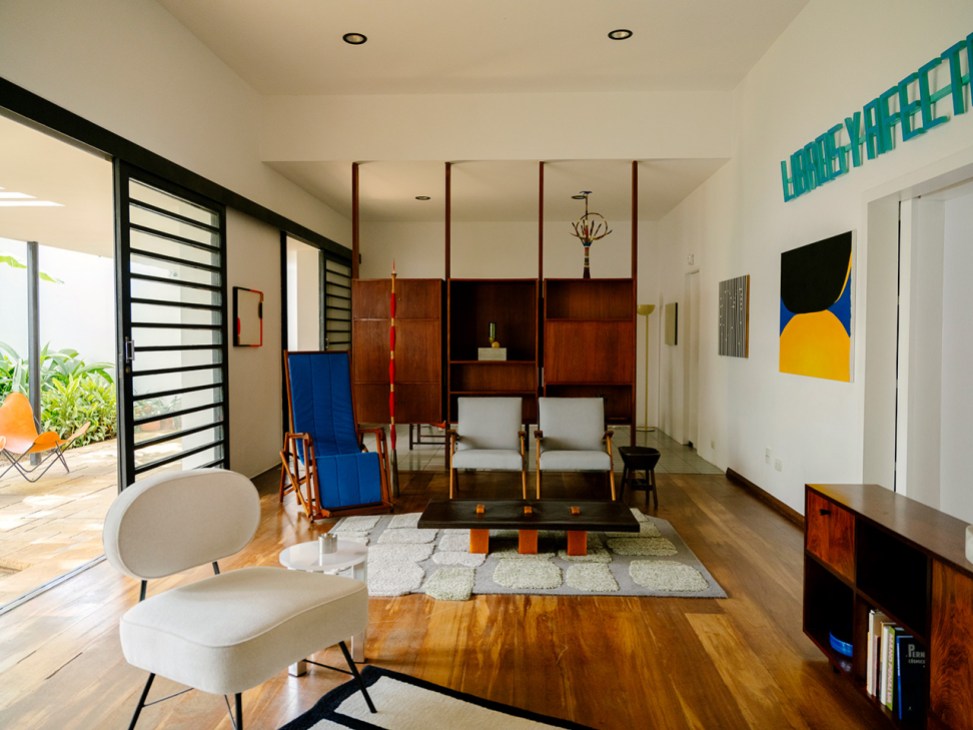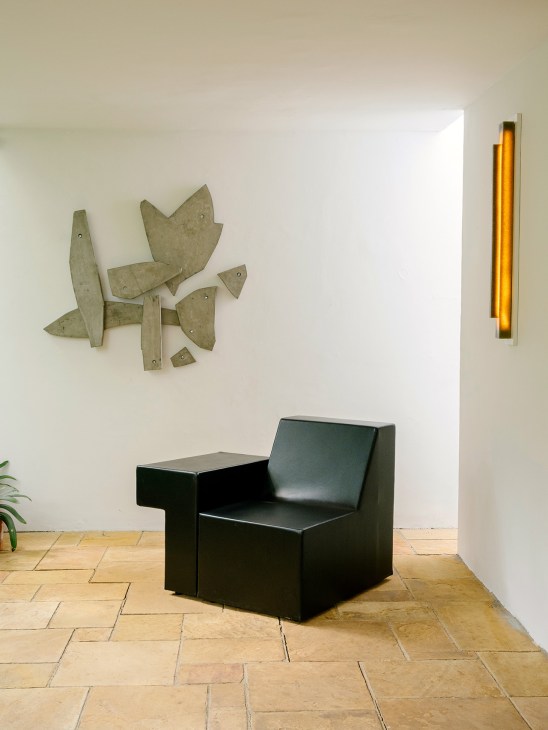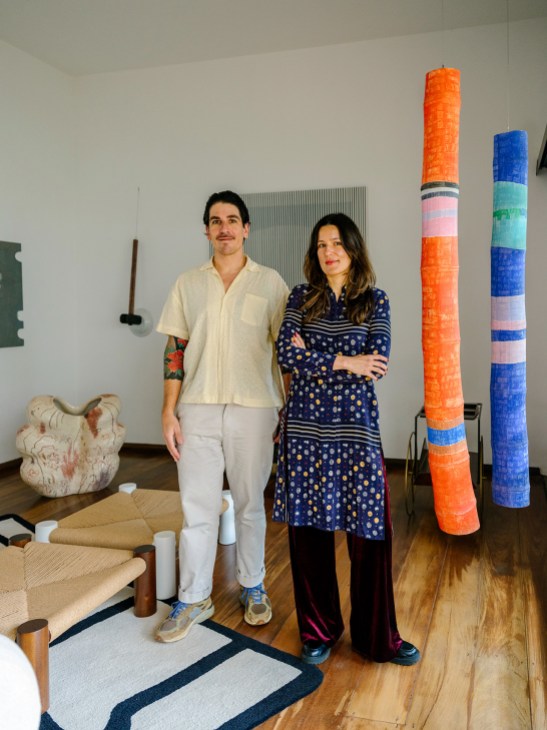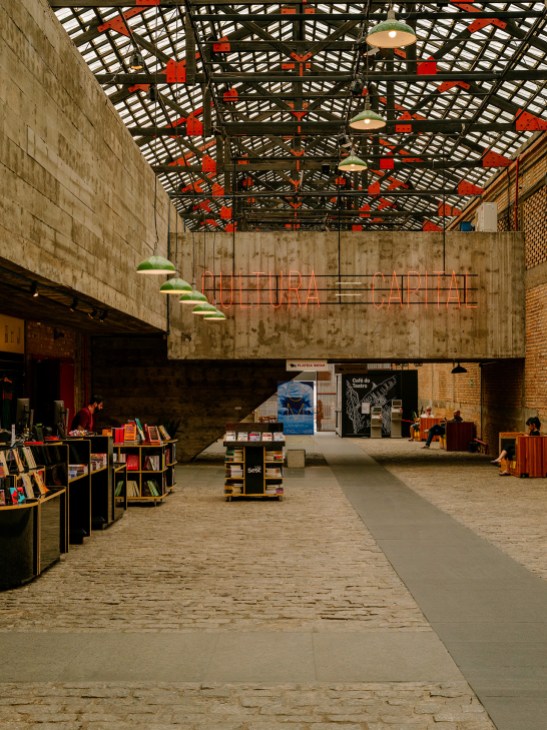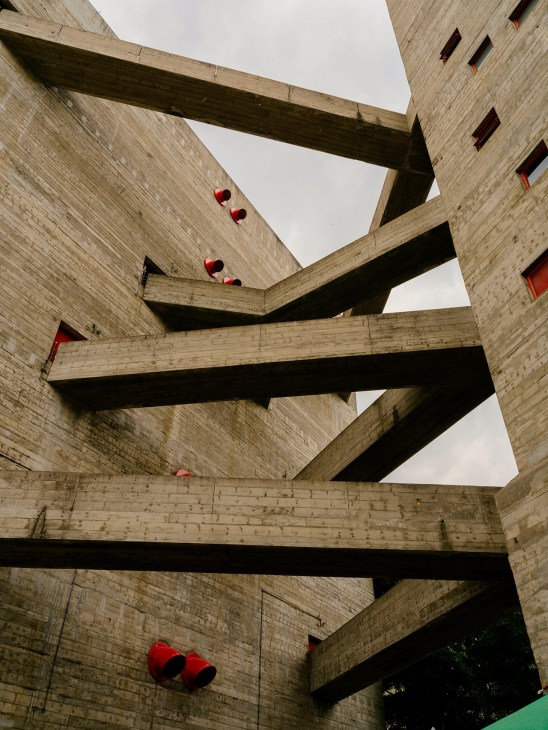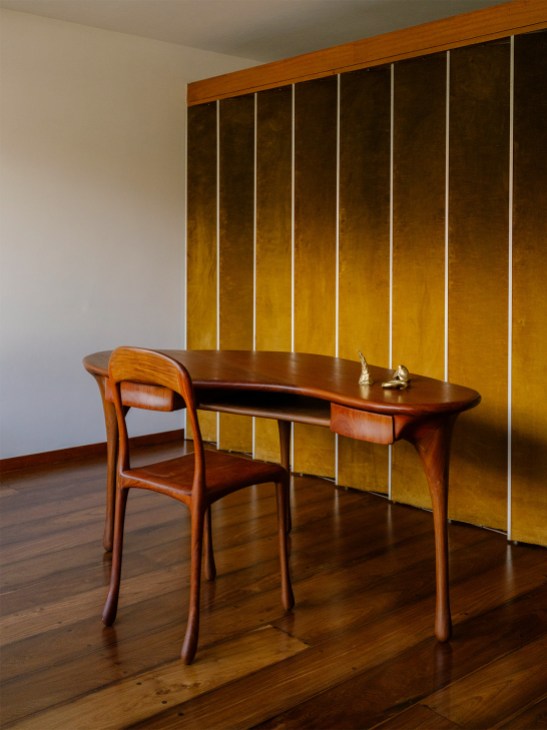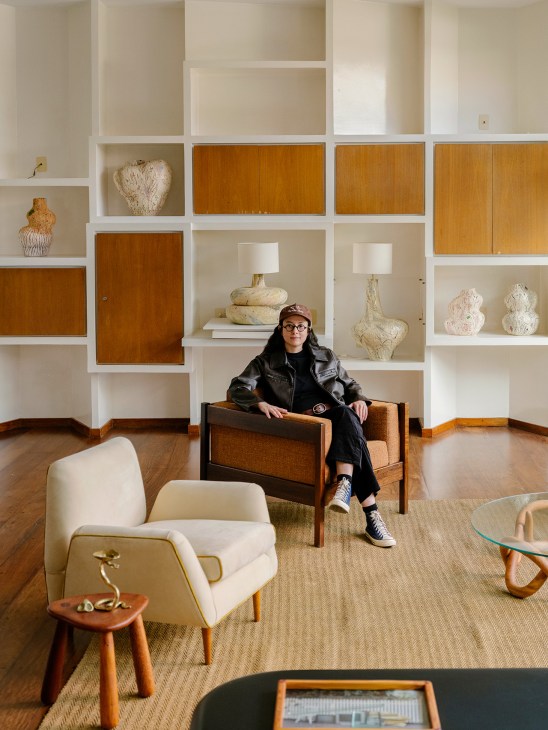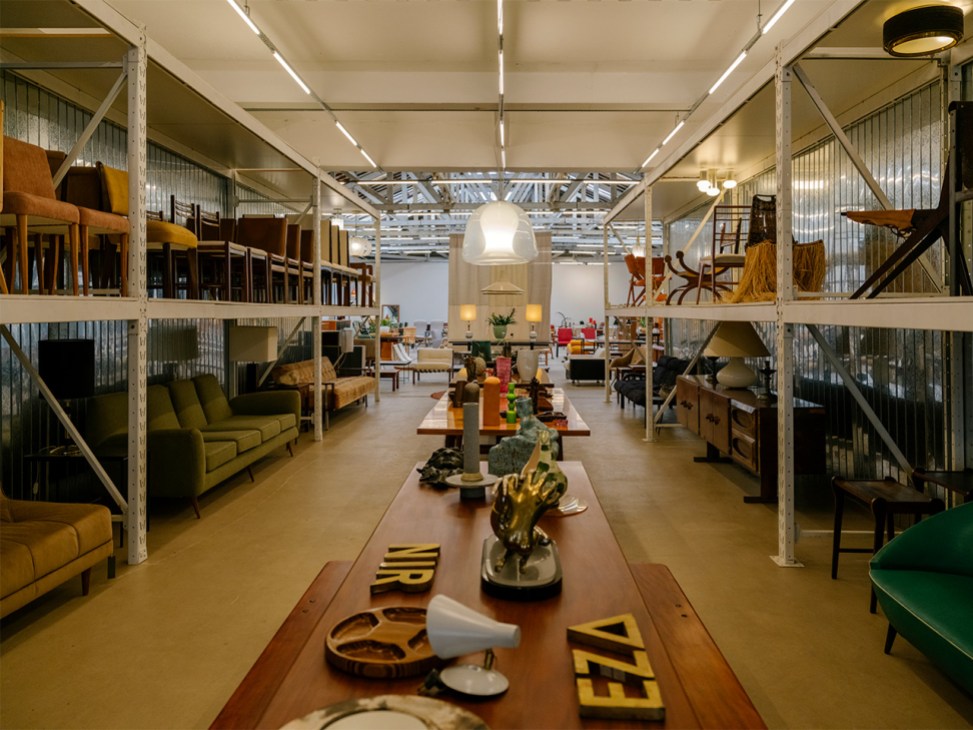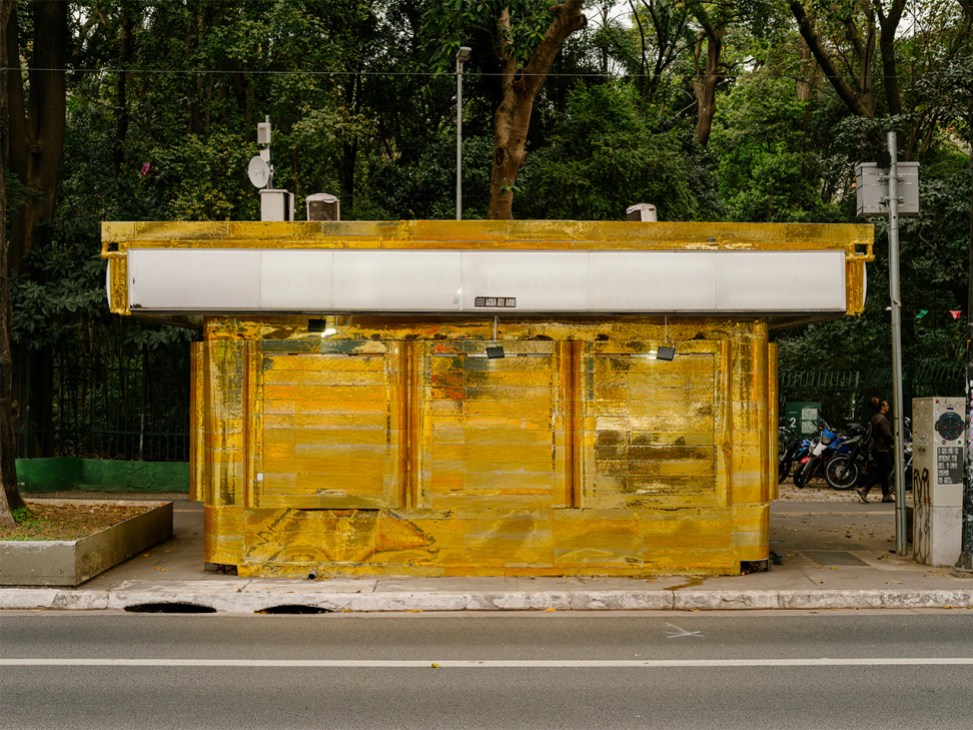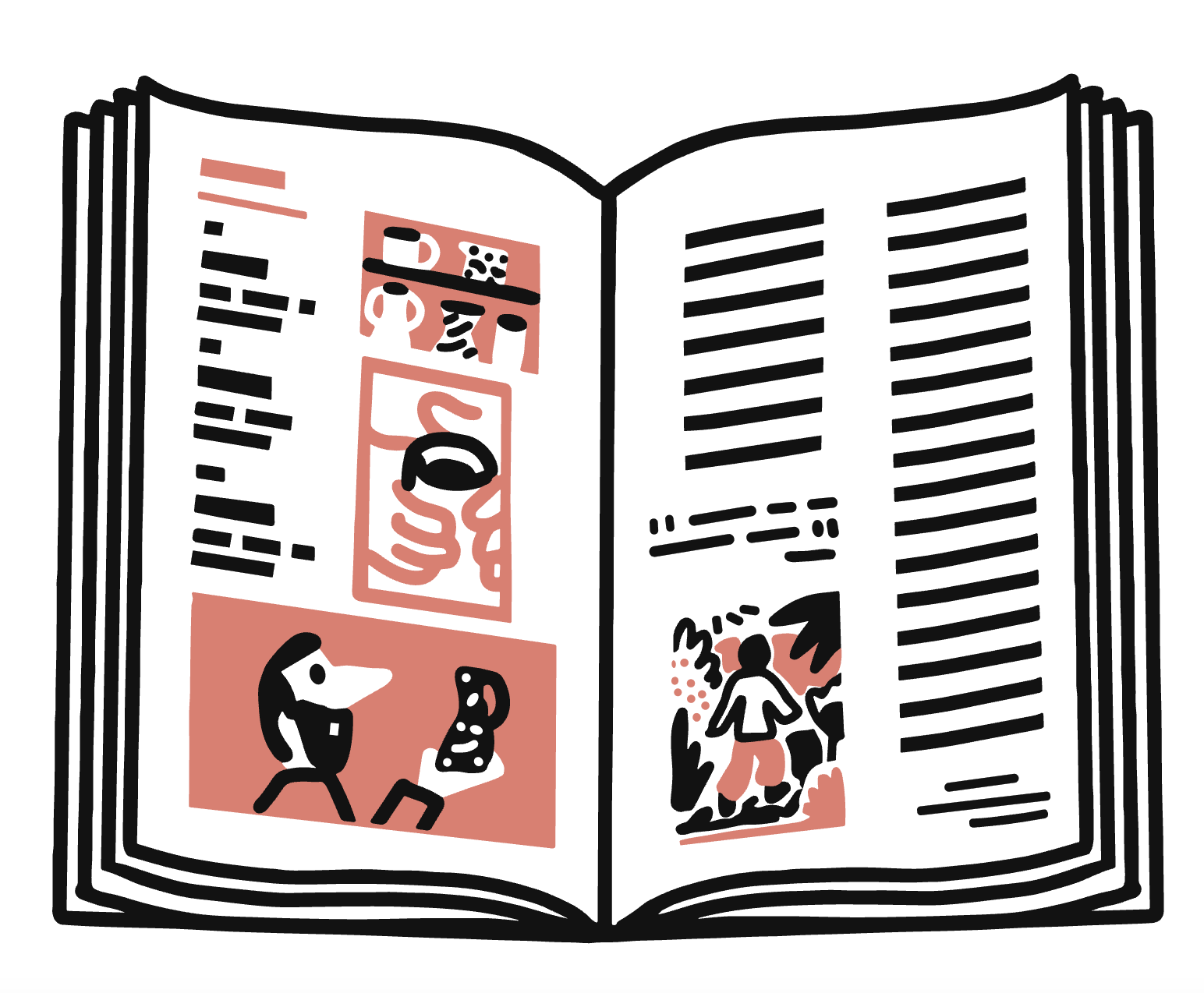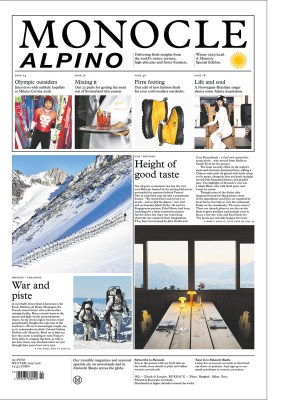São Paulo, South America’s rising design capital
A new pool of young talent is lifting the city’s creative ambitions. We speak to a few creatives leading the way.
“All of Brazil can be found in São Paulo,” says Manu Reyes, co-founder of Studio Reyes. “My father came to São Paulo [from Bolivia] because he saw that it was full of possibilities.” After a stint abroad, enrolling in courses and doing apprenticeships, Reyes returned to the metropolis and established her studio with her sister, Moira, in 2023. “There are so many different ways to inhabit and engage with this city. It’s a constant source of inspiration.”
Studio Reyes is just one of dozens of design studios, ateliers and art galleries to open in recent years in the post-industrial Barra Funda neighbourhood, where large warehouse spaces can still be found at a reasonable price. “There’s a strong sense of community here,” says Reyes. “For designers and artists, it’s a chance to exchange ideas.”
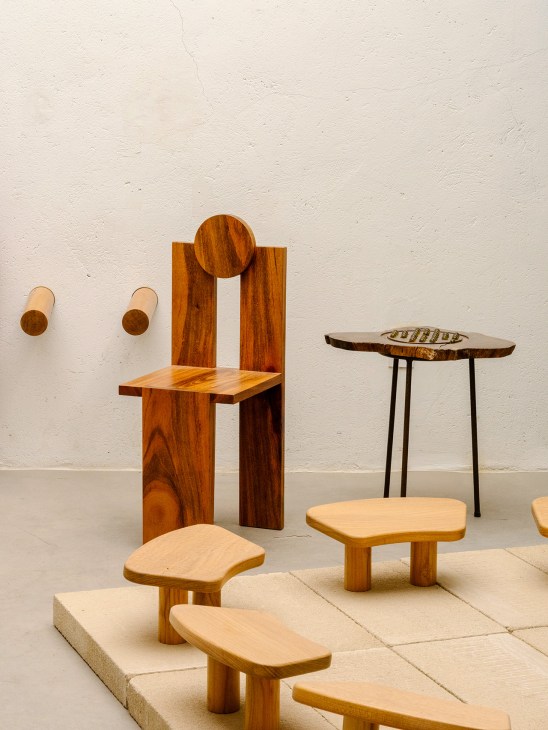
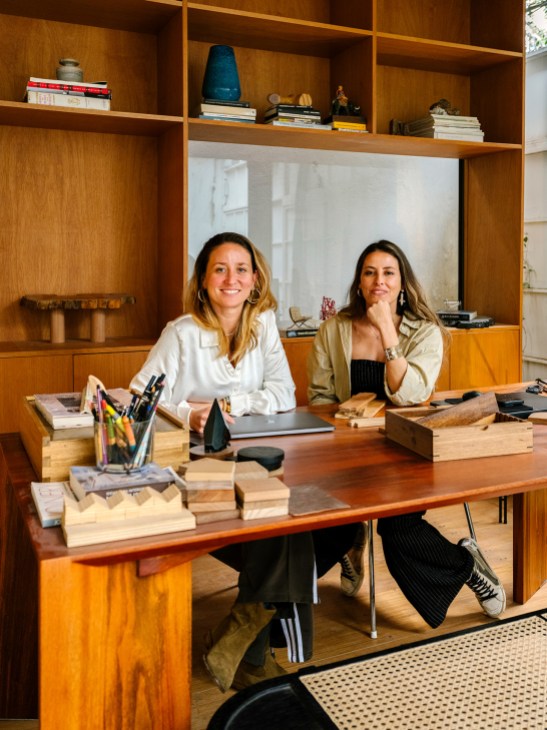
A few metro stops away, Centro, the city’s historic heart, is also being revived by creative communities. Once home to most of São Paulo’s major art institutions and businesses, this is where Brazil’s modernist movement began in the 1920s and the first Bienal de São Paulo was held. A wave of relocations in the late 20th century saw the neighbourhood slide into dilapidation. But young cultural players are now returning in force, transforming abandoned spaces, driven by a love for the area and the possibilities on offer.
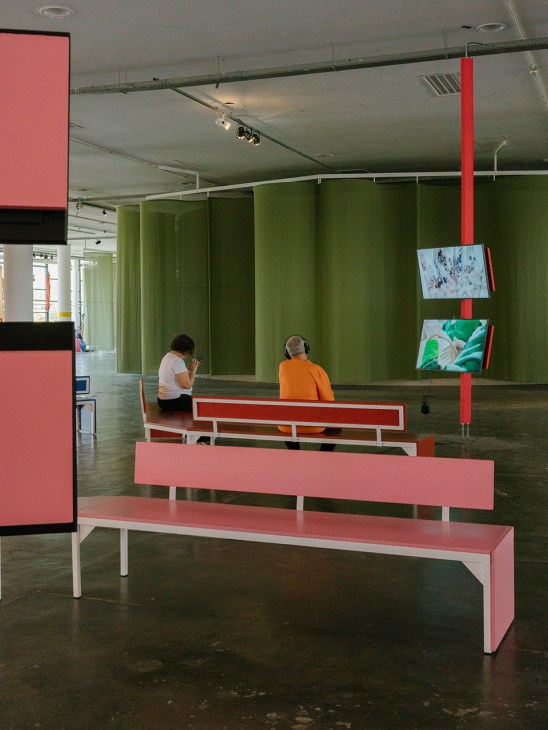
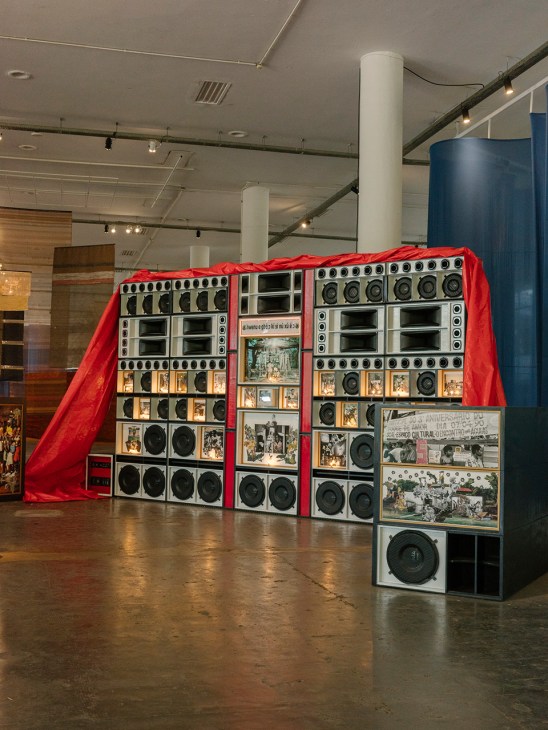
Architects are also fuelling Centro’s renaissance. Setting up shop are big names such as Metro Arquitetos Associados, while smaller firms are opening up offices in buildings such as Galeria Metrópole, an open-topped 1950s shopping mall. Many of the district’s new generation of architects are graduates of the Escola da Cidade, an architecture university that opened in the neighbourhood in 2002 and is run by disciples of Brazil’s greatest architects, such as Oscar Niemeyer and Paulo Mendes da Rocha.
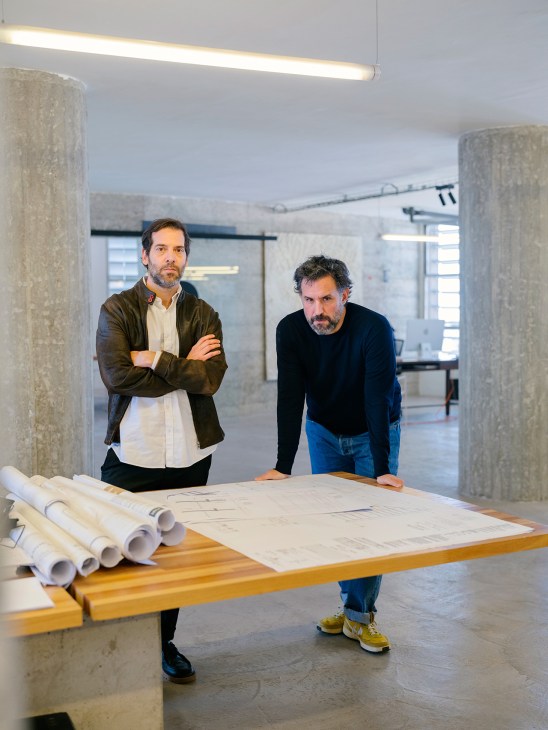
“The Escola da Cidade has been a catalyst for Centro’s boom in architects,” says Andrea Vosgueritchian, who runs architecture firm Estudio Tupi with her partner, Aldo Urbinati. Like the Reyes sisters, they have migrant roots. Vosgueritchian’s ancestry is Armenian, while Urbinati moved to São Paulo from the Amazonian city of Belém to study architecture.
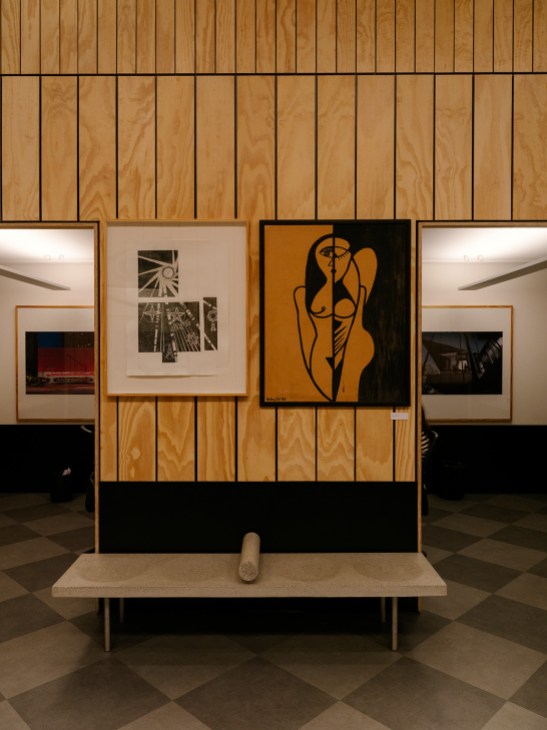
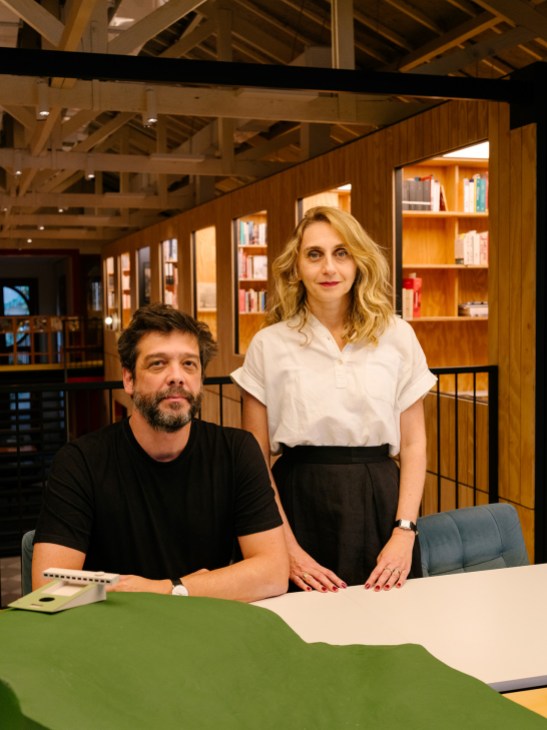
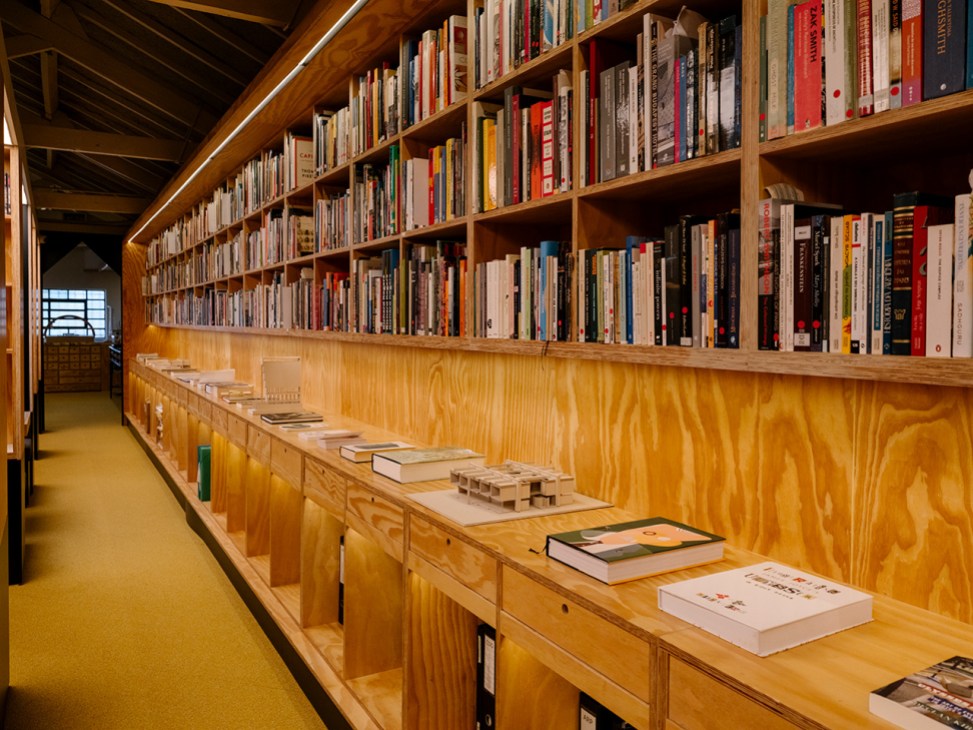
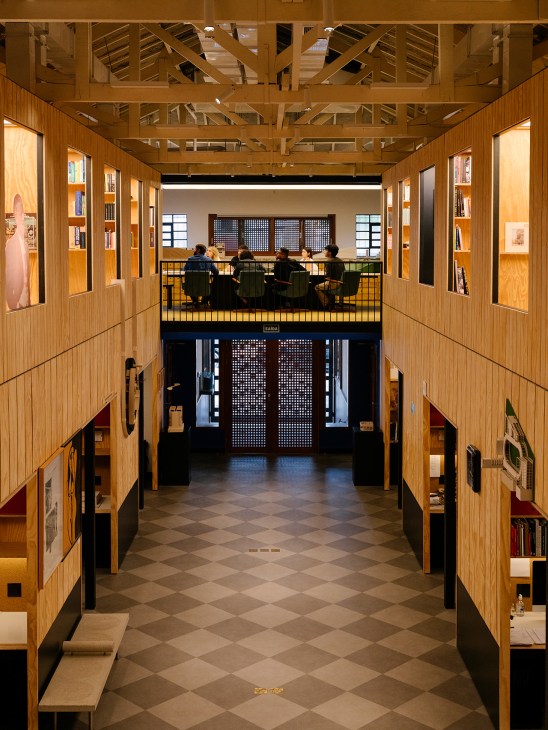
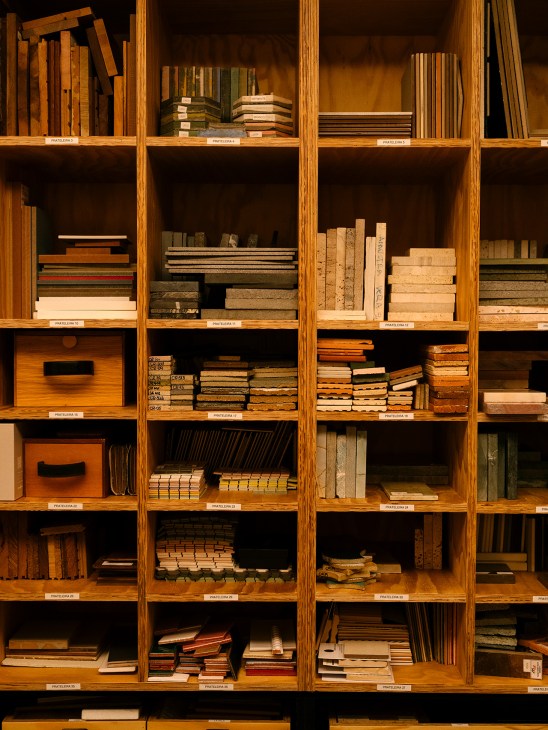
“People come to São Paulo with a desire to make things happen,” says Urbinati. “It’s the ugliest city in the world and that’s why it attracts the best architects and artists. It is so disorganised that people want to resist this and create things that are more orderly and beautiful.”
There will almost certainly be designers and architects who disagree about the city’s beauty – or lack thereof – but most can agree that its size and financial muscle make São Paulo a place where creative movements and emerging talents can gain traction and scale quickly.
International audiences now flock here for the city’s many galleries and dealers; there are several museums and cultural centres, as well as a handful of high-profile events catering to the sector. The annual SP-Arte has become Latin America’s biggest commercial art fair. Design-only events – from DW! design week to Made (Mercado Arte Design) and Casacor – generate buzz and offer a chance to network. Then there are smaller open-studio gatherings such as those in Barra Funda and in Galeria Metrópole.
While Alameda Gabriel Monteiro da Silva, São Paulo’s so-called “design avenue”, is home to flagship furniture shops such as DPOT – a verdant, light-filled space by architect Isay Weinfeld – the city’s creatives are coming up with more accessible solutions too. “Before, there was just Alameda Gabriel,” says Manu Reyes. “But in São Paulo, every day brings a million new possibilities. This is where it all happens.”
